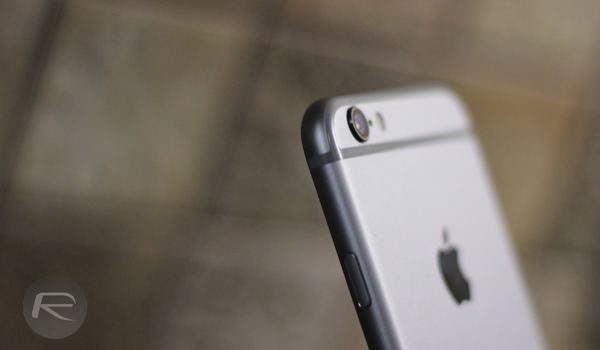A new patent application published on Thursday gives the clearest indication yet that future iPhones will benefit from a new and improved antenna setup. Within the application, Apple outlined fairly comprehensive plans to invest in the design and development of a new composite metal material that will look and feel exactly like regular metal with an anodized finish. The only real difference, which forms the main part of the patent application, is that the new material will be capable of allowing radio frequencies to pass seamlessly through it, making it the perfect composite to hide the antenna on a mobile device.
Apple, along with other big hitters in the smartphone game, has long been searching for new and improved ways of integrating radios into its designs and manufacturing processes. The very point of an antenna, or a Bluetooth chip for that matter, is to allow some kind of external connection to other devices. Whether that be a cell tower, a secondary Bluetooth compatible device, or even a payment terminal in a store. By design, the radios and integrated chips absolutely require the ability to penetrate the external material of the device in order for it to do its job.

Presumably, the idea behind the new patent application is to produce a composite metal that the company can use in its manufacturing processes to give the next generation of iPhones a flawless design pattern. At the moment, the iPhone 6 and iPhone 6 Plus all have two plastic strips along the top and bottom of the rear of the device. While the strips have been elegantly incorporated into the design of the product, they still kind of look out of place but they are needed to allow the antenna system to function efficiently.
One of the extremely interesting aspects of the patent filing is not the fact that the Cupertino giant has actually gone to great lengths to develop a new material – after all, this is the company that redesigned gold for the Apple Watch Edition – but the fact that the company clearly sees the material being used frequently throughout its range of iPhones, iPads and Macs.

Companies like Apple often hold multiples of thousands of patents that actually never see the light of day by making it into a real product, but there seems to a definite real world use case for this one to stand the test of time.
(Source: USPTO)
You can follow us on Twitter, add us to your circle on Google+ or like our Facebook page to keep yourself updated on all the latest from Microsoft, Google, Apple and the web.

